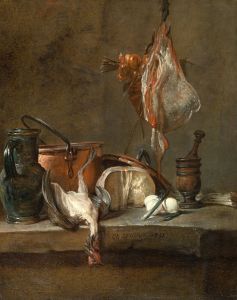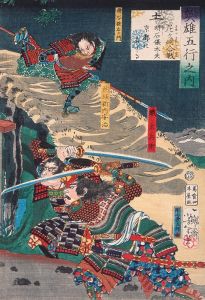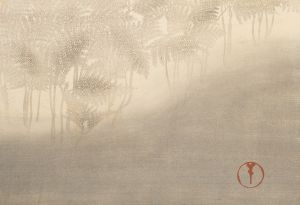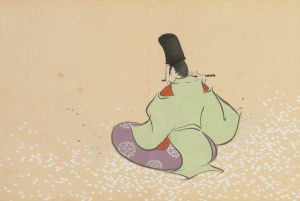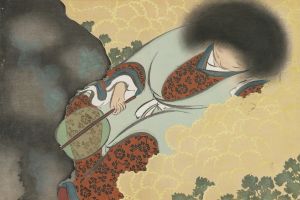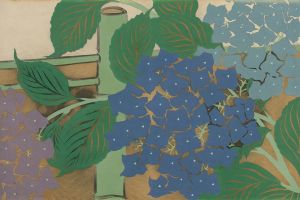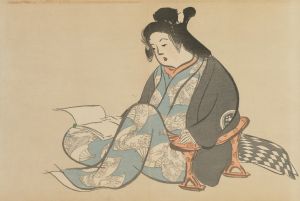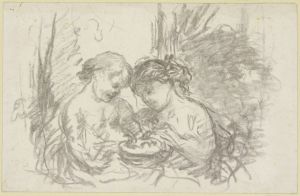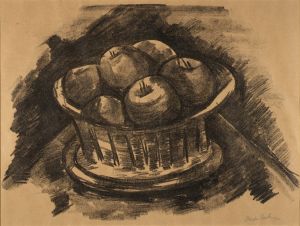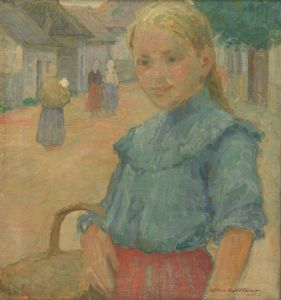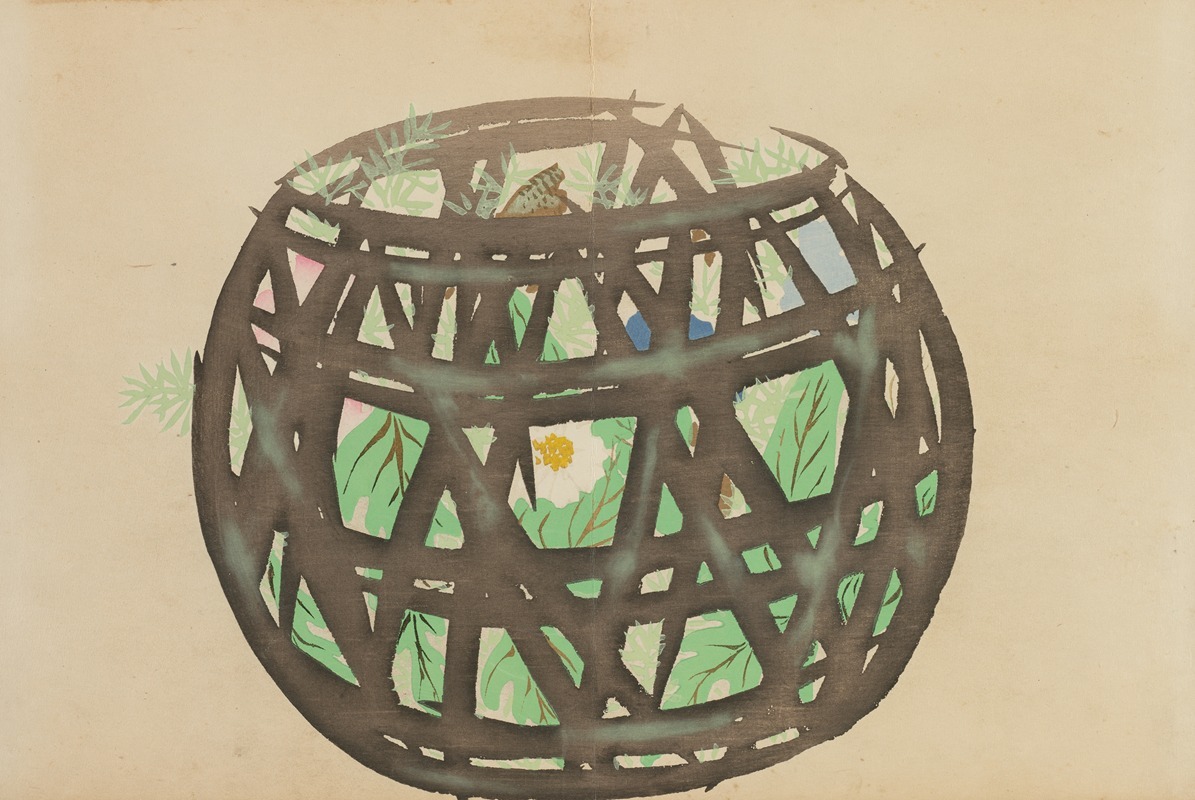
Flower Basket
A hand-painted replica of Kamisaka Sekka’s masterpiece Flower Basket, meticulously crafted by professional artists to capture the true essence of the original. Each piece is created with museum-quality canvas and rare mineral pigments, carefully painted by experienced artists with delicate brushstrokes and rich, layered colors to perfectly recreate the texture of the original artwork. Unlike machine-printed reproductions, this hand-painted version brings the painting to life, infused with the artist’s emotions and skill in every stroke. Whether for personal collection or home decoration, it instantly elevates the artistic atmosphere of any space.
Kamisaka Sekka (1866–1942) was a prominent Japanese artist and designer, often regarded as one of the last great masters of the Rinpa school, a historical artistic movement that originated in the early 17th century. His work is celebrated for blending traditional Japanese aesthetics with modern influences, creating a unique and innovative style that bridged the past and the present.
One of his notable works, Flower Basket (花籠, Hana Kago), exemplifies Sekka's mastery of design and his ability to reinterpret traditional motifs in a modern context. The painting features a delicately rendered basket filled with an arrangement of flowers, a subject commonly associated with Japanese art and culture. The composition reflects the Rinpa school’s emphasis on bold, decorative designs and the use of vibrant colors, while also showcasing Sekka’s individual approach to form and detail.
Sekka’s work often incorporated elements of nihonga (Japanese-style painting) and kōgei (craftsmanship), and Flower Basket is no exception. The piece demonstrates his skill in harmonizing traditional Japanese techniques with the Art Nouveau influences that were becoming popular during his time. This synthesis of styles is a hallmark of Sekka’s oeuvre, as he sought to modernize Japanese art while maintaining its cultural heritage.
The painting is characterized by its refined use of color and composition. The flowers are depicted with a sense of elegance and simplicity, adhering to the Japanese aesthetic principle of wabi-sabi, which values imperfection and transience. The basket, rendered with intricate detail, serves as both a functional object and a decorative element, highlighting Sekka’s interest in the interplay between art and design.
Kamisaka Sekka created Flower Basket during a period when Japan was undergoing significant cultural and political changes, particularly during the Meiji (1868–1912) and Taishō (1912–1926) eras. These changes influenced his artistic approach, as he sought to preserve traditional Japanese art forms while also embracing new ideas and techniques introduced from the West. His work, including Flower Basket, played a crucial role in the revival of the Rinpa school and the promotion of Japanese art on an international stage.
Today, Kamisaka Sekka’s works are highly regarded for their artistic and historical significance. They are featured in museum collections and exhibitions worldwide, where they continue to inspire artists and art enthusiasts alike. Flower Basket remains a testament to Sekka’s innovative spirit and his dedication to the preservation and evolution of Japanese art.






